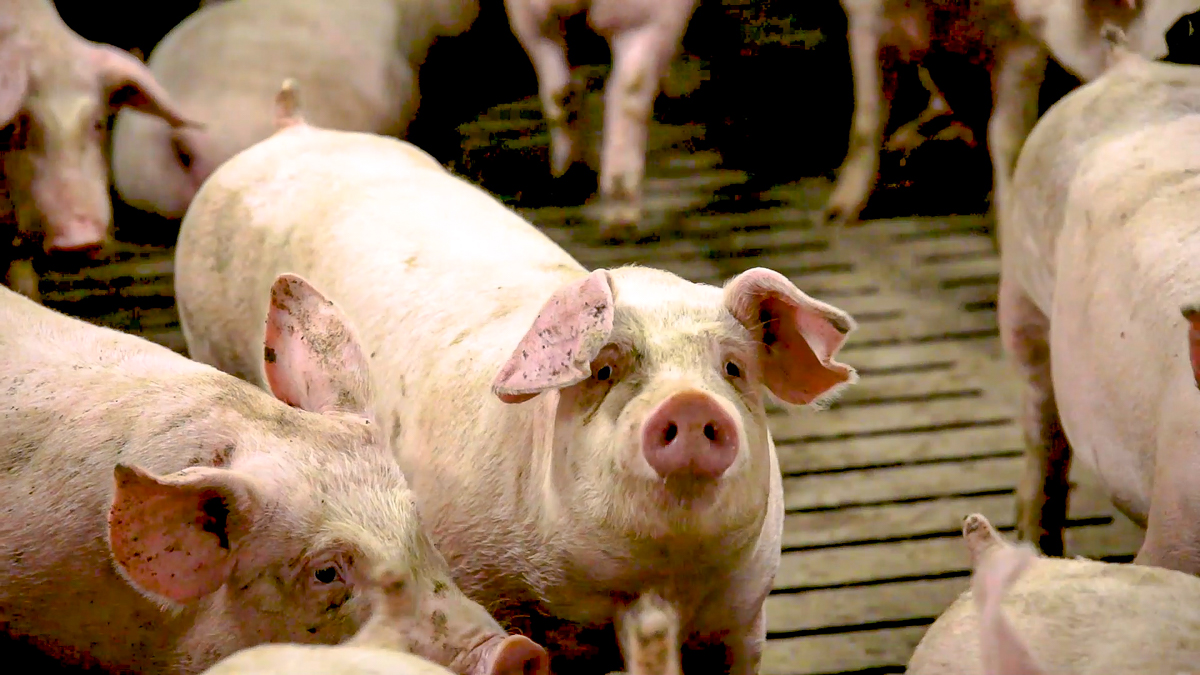Research carried out in Denmark has confirmed that solid flooring systems will help to reduce ammonia emission levels from livestock farms.
The other alternative is to use slatted systems with very fine gap widths.
Where storage is concerned, research has shown that reducing slurry temperatures will decrease ammonia emission levels.
But by far the biggest impact on ammonia emissions relates to the use of covers on above ground stores and lagoons.
Trial work in Denmark has shown that emission levels can be reduced by as much as 50%, if this step is taken.
Ammonia emission levels
Where the spreading of slurry is concerned, the Danish government is now strongly recommending the use of injection systems, in tandem with acidification, as opposed to splash plate and trailing shoe systems.
SEGES Innovation is the organisation delivering most of the farm-related research and development carried out in Denmark.
The body has access to all of the data on the performance generated by Denmark’s dairy farmers. It also works closely with pig farmers and feed companies in delivering the country’s Applied Pig Research Scheme.
It comprises both a product and transport standards.
Feed compounders regularly submit new rations to SEGES to independently assess their ability in driving performance and improved sustainability within the pig sectors.
All the results achieved from this work are put into the public domain, Agriland learned during a recent learning trip to the country.
Driving down carbon dioxide (CO2) emission levels on Danish farms has been identified by the government as the country works through a programme of action that will secure a net ‘carbon zero’ position by 2050.
The enhanced use of anaerobic digestion (AD) technologies has been identified in this context.
Carbon tax
Significantly, the Danish government has committed to the introduction of a carbon tax on the country’s farmers as a way of incentivising businesses to reduce their carbon footprints.
The exact timing of the tax’s introduction has yet to be agreed. However, the level of tax will be set at €100/t of carbon emitted.
Farmers in Denmark are not happy with the prospect of paying this levy.
Specifically, they want more official recognition given to the levels of CO2 sequestered by growing crops, which they actively manage.
It is envisaged that the introduction of a carbon tax will encourage ruminant livestock farmers in Denmark to switch to pig and crop production.
Agriculture currently accounts for 28% of all CO2 emissions generated in the country.
